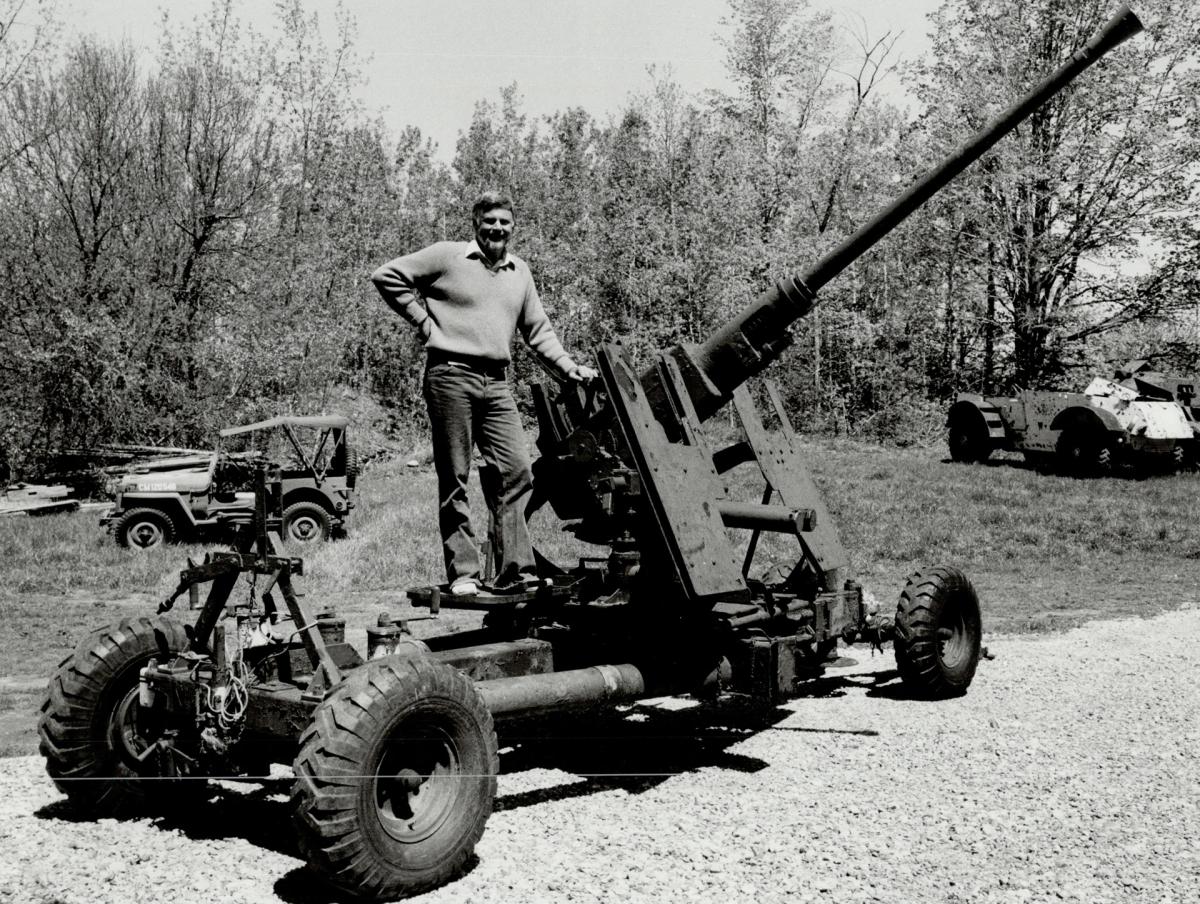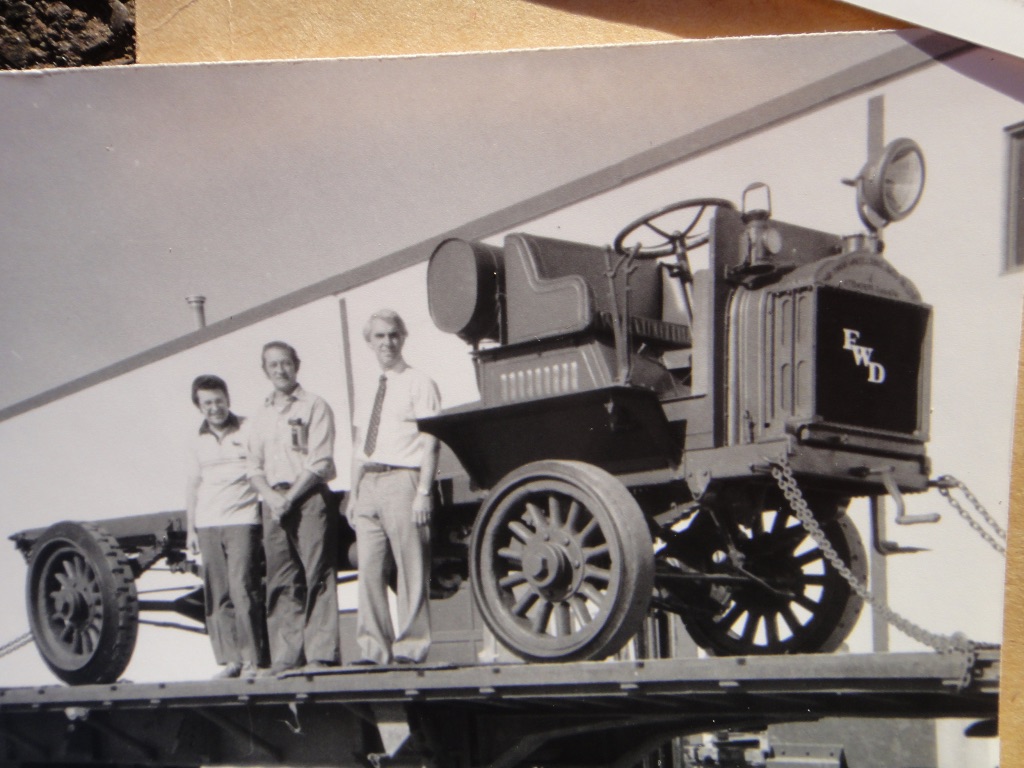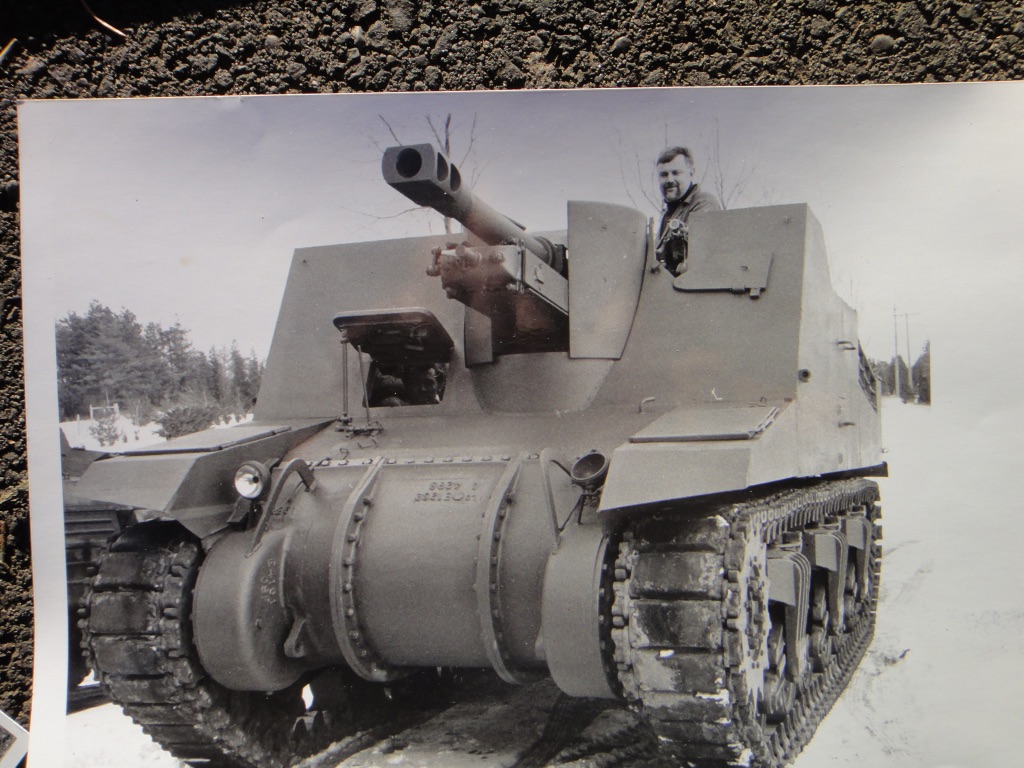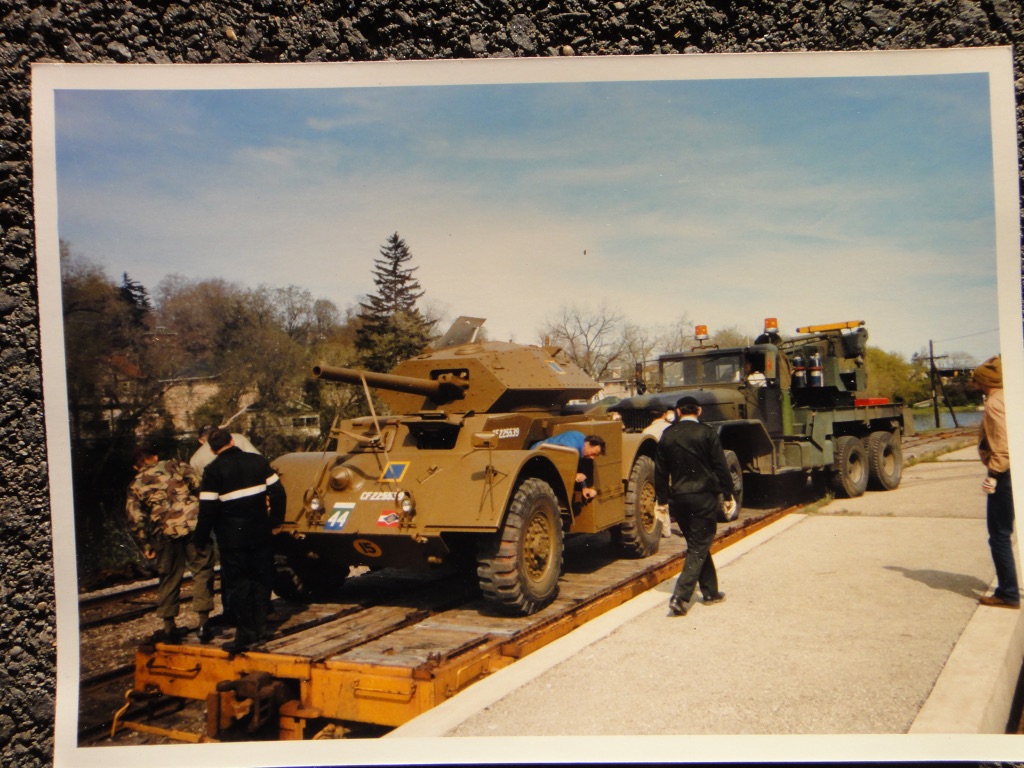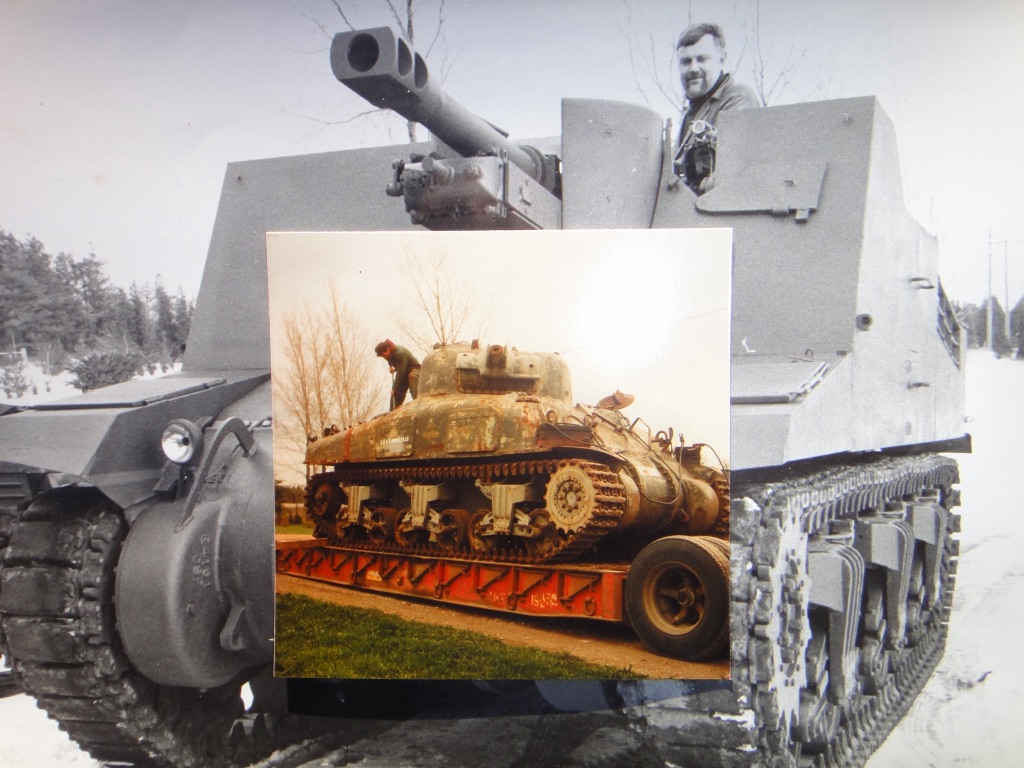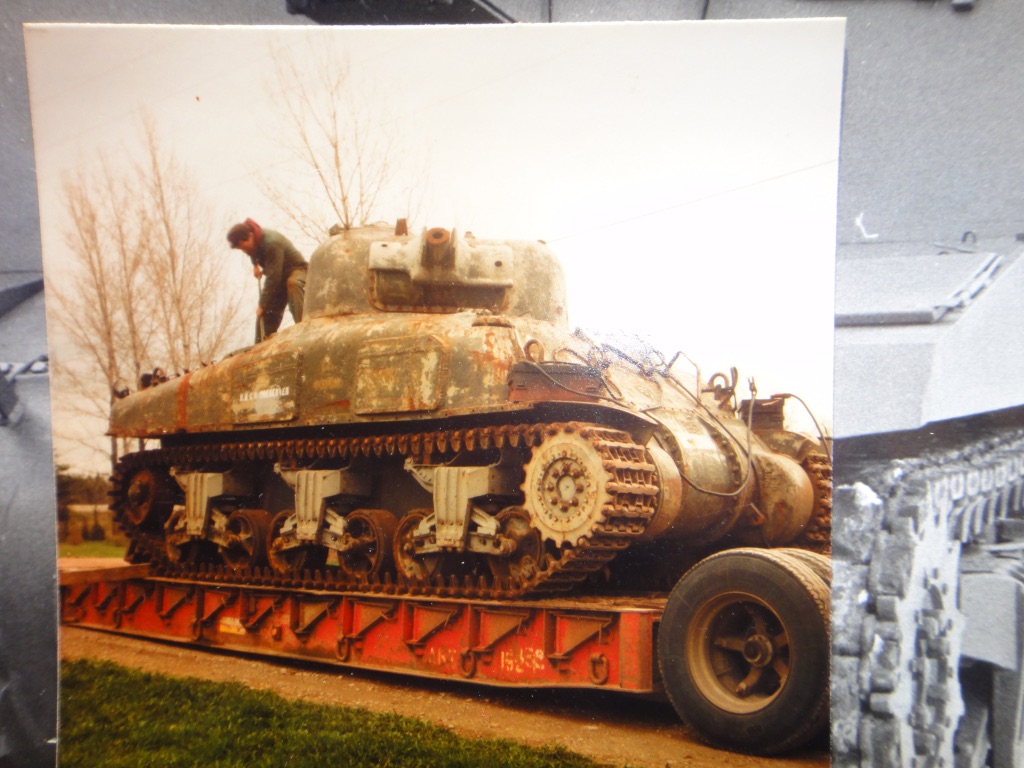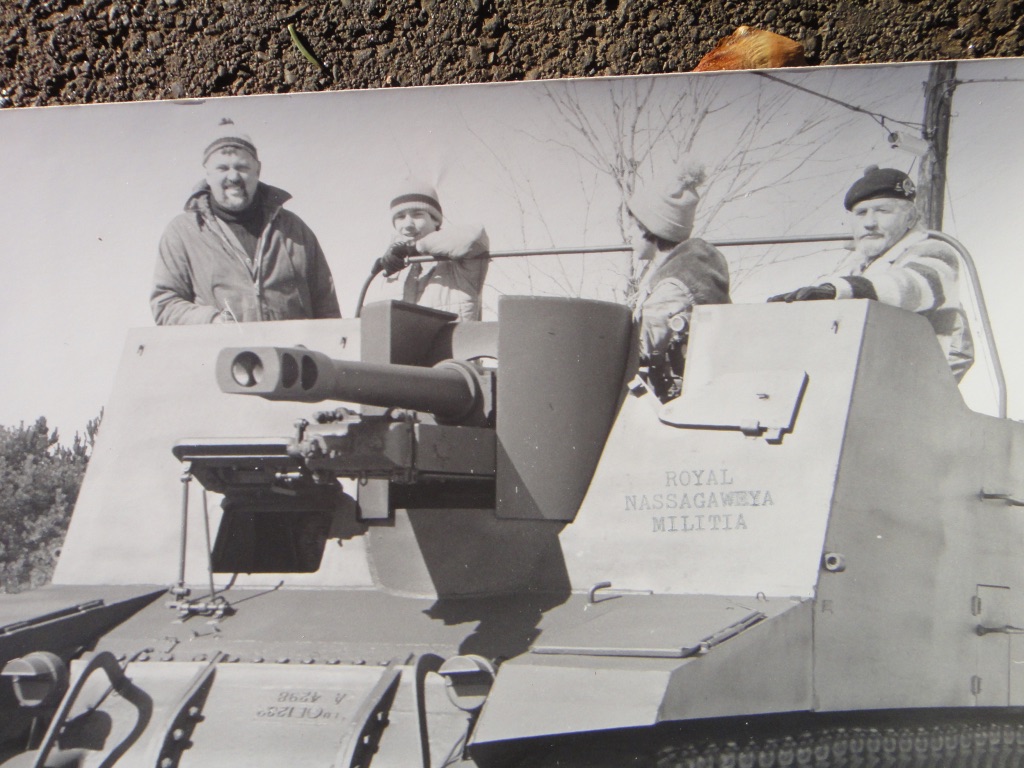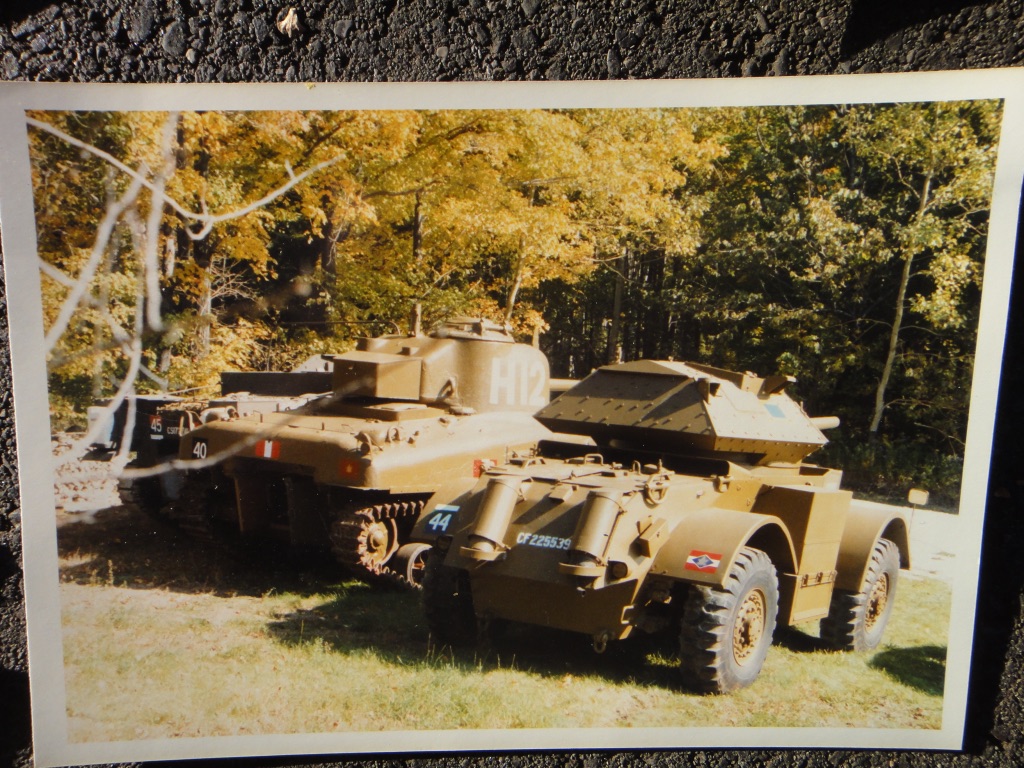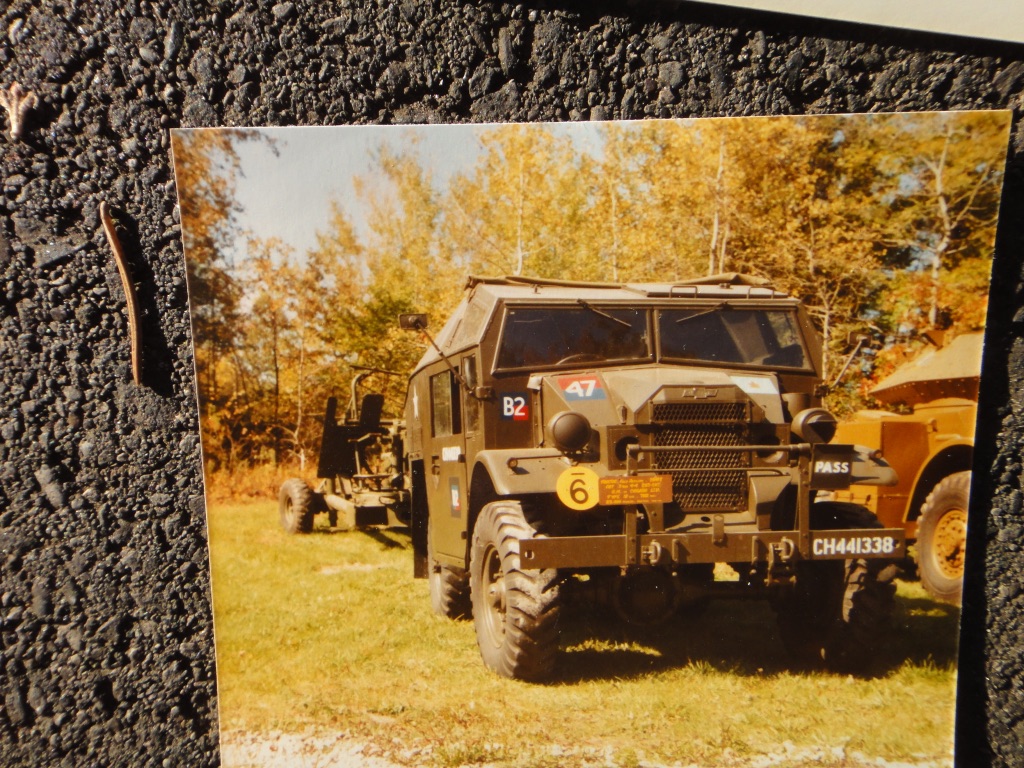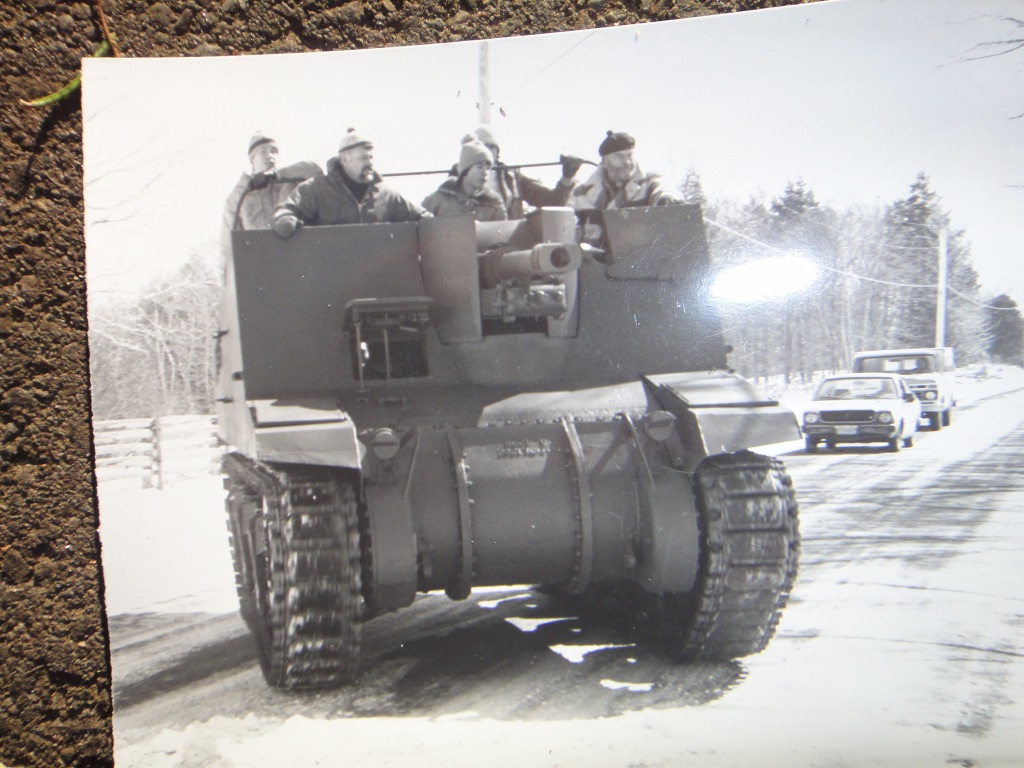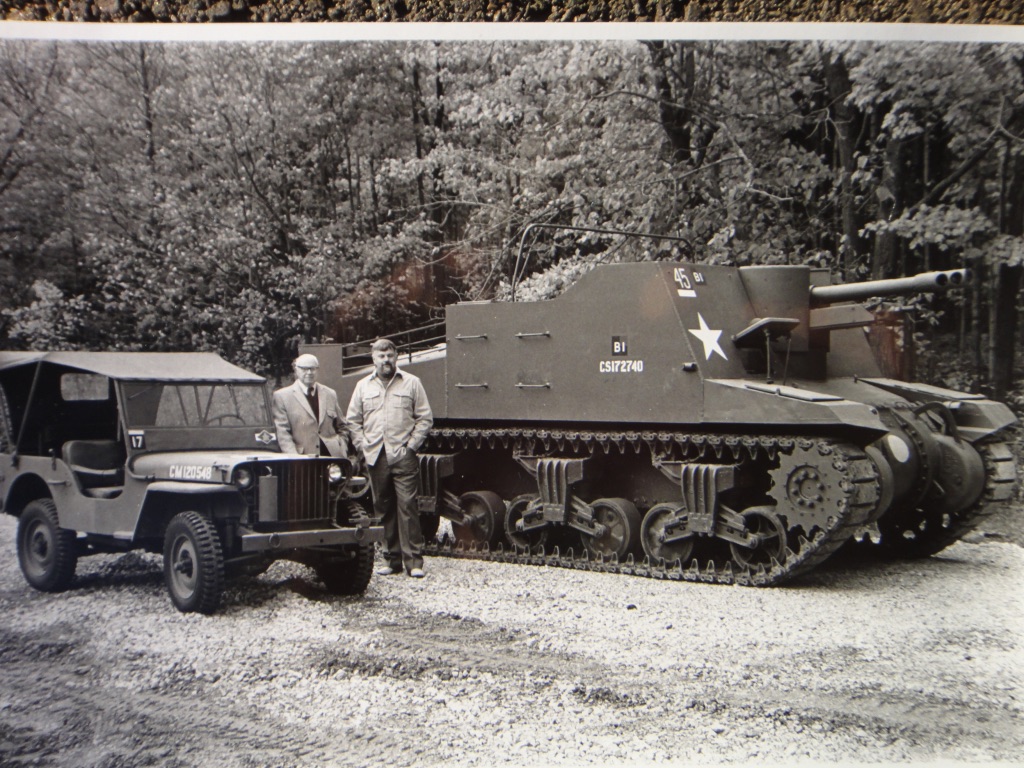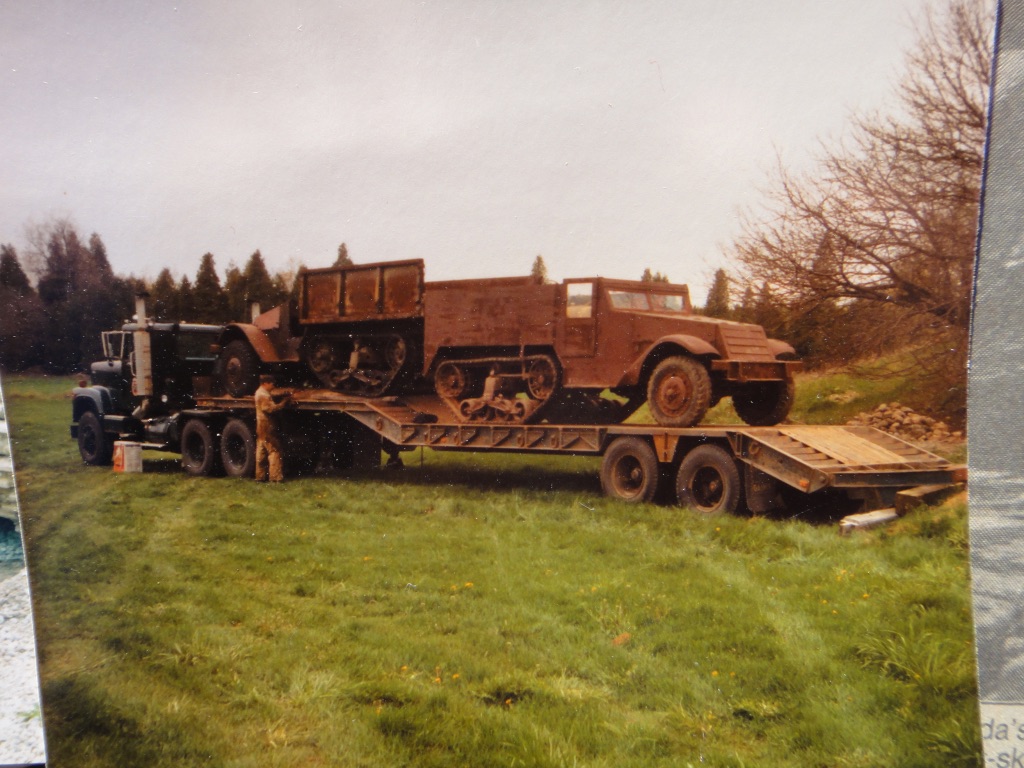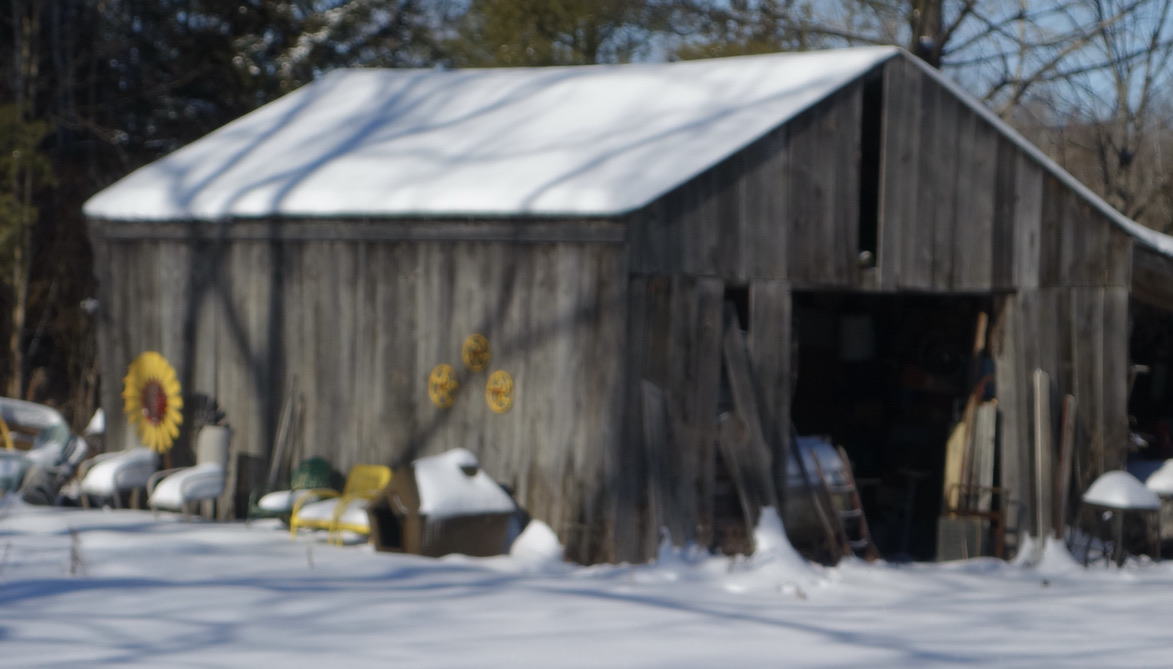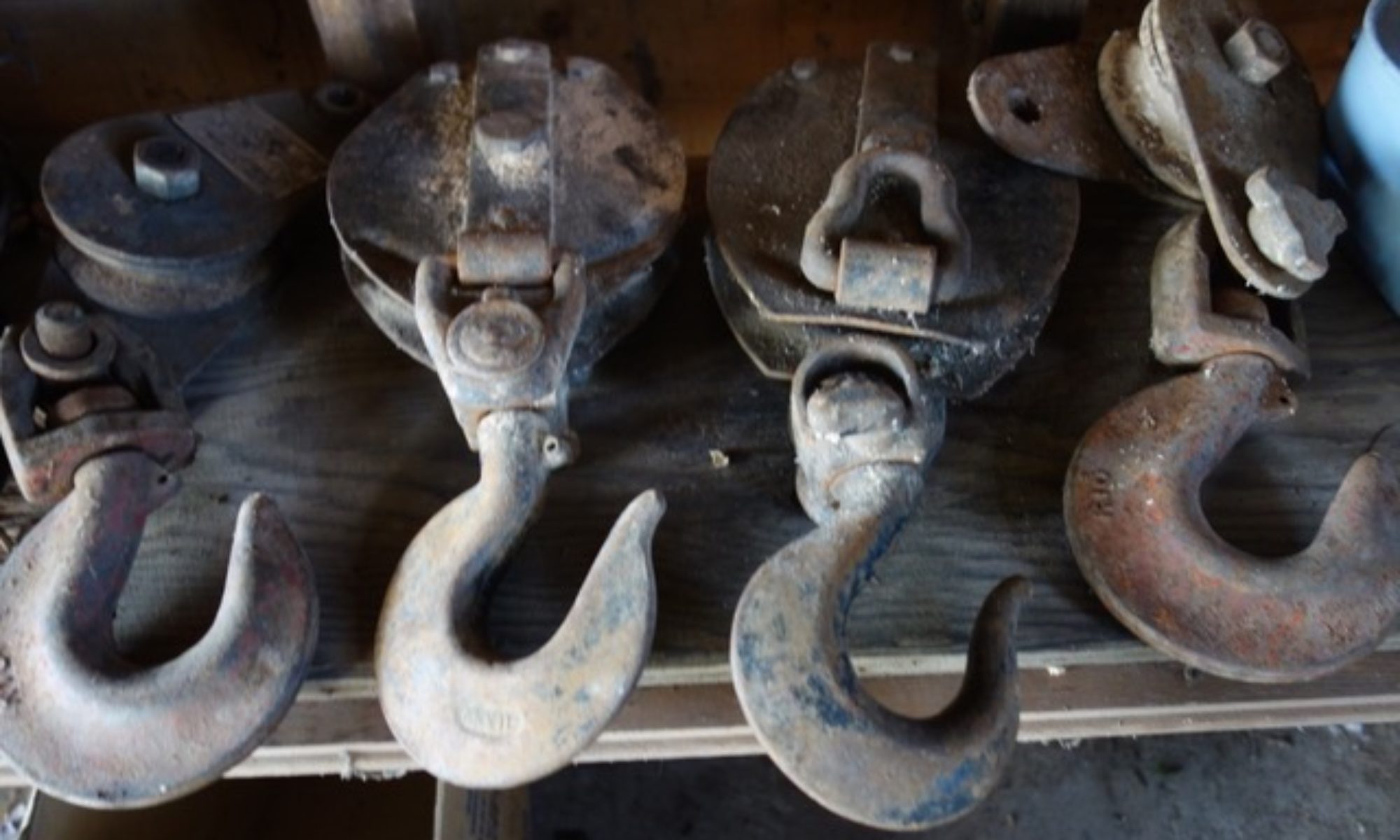EPISODE 428 BILL GREG AND THE OLYMPICS OF COLLECTING — TANKS, HALF TRACKS, ARMY TRUCKS
alan skeoch
Feb. 6, 2022
courtesy Toronto Star DR. BILL GREGG AND HIS COLLECTON AT ROCKWOOD, ONTARIO (BEFORE DISPERSAL)
“a series of books on Canadian military vehicles written by the late Bill Gregg of Acton in the 1970s kicked collecting into high gear. Jeeps were cheap, sometimes selling for as little as $50, which helped many people get into collecting.”
Brian Asbury
PHOTO COURTESY TORONTO STAR: A TRIBUTE TO DR. BILL GREGG, COLLECTOR EXTRORDINAIRE
Ah, yes, the winter Olympics are on right now in Beijing, China. Super
athletes from all around the world.
That brought to mind Dr.Bill Greg who was, to my mind, a potential gold medal winner in the
Olympics of collecting. Bill was a few years older than me which meant he must
have been a 10 year old kid in 1945 when the Toronto waterfront was filled with military machines
being returned from Europe. All I remember was seemingly endless numbers of jeeps
but Bill Greg seems to have seen more. Something triggered him … when he became
an adult he began buying the machines of World War II…big things…like tanks and half tracks.
Later we both met as directors of the ill fated Ontario Agricultural Museum (Milton) which got
all tied up in a logistical nightmare. I remember a private conversation we shared dealing
with the failure of the Museum to be viable. We were both collectors. Bill was big time. I was small time.
But both of us gave artifacts to the OAM. Some of mine are still there…I hope. Mothballed forever it
seems.
Meanwhile Bill was into a much larger kind of collecting. Military vehicles including tanks, half tracks, artillery
and lots of jeeps. Yes, he collected tanks. Hard to imagine but he had the space and buying a tank
was not expensive. Most buyers only wanted the engines…the rest was scrap. Eventually Bill had
about 40 or more of these weapons of war. Eventually Bill had to face the problem of what to do with
his collection when he was gone. At that moment it is a shock to discover often that no one gives
a sweet goddamn.
I was not there when the collection was dispersed. Did not even know that flat bed trucks were
busy getting the tanks on board for a trip westward. I did know much later that Bill was
depressed that his weapons of war had to be shipped to the west because there was only
limited space for these machines in Ontario (War Museum).
Note: I was lucky enough to visit the war museum in Korea a couple of years ago. Shocked.
In the heart of Seoul is an incredible museum that even includes a full size B52 nuclear
bomber and also the names of Canadians killed in the Korean War. Koreans remember
just as the Dutch remember but Canadians prefer to get on with their lives and push museums
into the background. How often have you been to a Canadian museum? Tell the truth!
Never or nearly never, I suspect.
DISCOVERY IN A JUNK SHOP
In a junk, sorry, wrong term. In a collectibles shop in Rockwood Ontario I discovered
a brown filing folder with photos of Dr. Bill Gregg’s collection. How these pictures
had such a sad end escapes me. So I put together this Episode in memory of Dr.
Bill Gregg. If there ever was a collectors Olympics, Dr. Bill Gregg would be one of the
medal winners in my opinion.
QUESTION FOR MARRIED READERS MALE OR FEMALE:
Try this question on your other half. “Dear, I was able to buy a
Sherman dtank from Dr. Bill Gregg, could we renovate the garage?”
Courtesy Toronto Star Archives BILL GREGG AND HIS COLLECTION
COLLECTION OF PICTURES FOUND FOR SALE IN ROCKWOOD SHOP
MILITARY VEHICLE COLLECTOR BRIAN ASBURY WROTE
“For the 11 million people who were alive in Canada then, the production of military vehicles in Canada approached 800,000 vehicles. Canada produced an incredible number of standardized vehicles designed for military use.
“Initially Britain requested it, and we were to be the production ground for British ideas, which is why all our Canadian trucks in World War II are right-hand drive. The big automakers made the chassis and drivelines, and subletted the bodies to smaller companies.”
In much the same way Ford and Willys co-operated in the U.S., Ford of Canada and GM of Canada simultaneously built a Canadian-specific series of heavy trucks, called the 15 CWT (spoken “15-hundred-weight”), 30 CWT and 60 CWT, depending on their size.
Asbury owns about 45 vehicles, ranging from a small Welbike folding paratrooper scooter made in England, to a huge, six-wheeled amphibious DUKW, which he describes as “basically a six-wheel-drive truck with a boat all around it.”
Like most collectors, he started with a Jeep. “That’s what most people can handle and afford, and it’s a well-known brand; even a 2-year-old kid on the street can recognize a Jeep. But then it’s usually a progression from a Jeep to a three-quarter-ton truck, then to a 2- 1/2 ton, and then something that’s armoured or maybe even armed, like a Ferret scout car.”
Jeeps became plentiful in the mid-1950s, Simundson says, when the army got rid of most of its World War II vehicles, ranging from trucks to tanks. But back then, the vehicles were bought to be used, not collected.
“They went to service stations or were used as snow plows,” he says. “The really nice armoured cars and tanks were bought for their engines and parts.
According to Simundson, a series of books on Canadian military vehicles written by the late Bill Gregg of Acton in the 1970s kicked collecting into high gear. Jeeps were cheap, sometimes selling for as little as $50, which helped many people get into collecting.” (quote from Brian Asbury
alan skeoch
Post Script: My biggest rescue was this small Etobicoke barn doomed on the farm where J.Shaver Woodsworth was born (founder of the CCF now the NDP}, Fortunately
for me the building was filled with scrap aluminum which netted me $1,000 nearly the
cost of moving and reconstructing on our farm. I could have put down a better cement pad if I only
knew that Qjick drying cement is really quick. Marjorie supported the project once she knew the cost
would not come out of or housekeeping funds which were very limited. Looking at the building today
I was suddenly aware that it could hide a tank or a half track.

